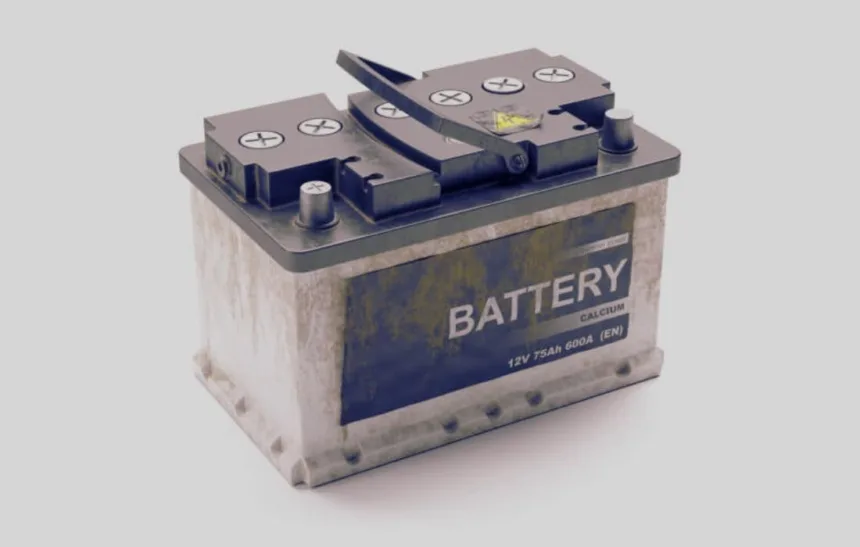Your car’s battery is like its energetic heart, providing the essential jolt of power needed to fire up your engine and run all the onboard electrical systems. Knowing your battery’s group size and power ratings is crucial when selecting the right replacement, ensuring trouble-free starts and reliable operation. This article on IchieTech will explain everything you need to know.
What is Battery Group Size?
The Battery Council International (BCI) sets a standard for car battery group sizes. This standard dictates the physical dimensions (length, width, and height) of a battery and the position of its terminals (positive and negative). It’s critical to select a battery with the correct group size, ensuring it fits securely in your car’s designated battery compartment.
Why Does Group Size Matter?
- Secure Fit: An incorrectly sized battery won’t fit in the battery tray and may not be safely held down. This can lead to vibrations, damage, and potentially dangerous short circuits.
- Terminal Position: Terminals positioned on the wrong side of the battery will make connecting the battery cables extremely difficult or impossible.
- Performance Considerations: In some cases, your vehicle might be able to accommodate a slightly larger battery within the same group size range. This can potentially give you increased power when needed.
How to Find Your Car’s Battery Group Size and Power Ratings
Here are the straightforward ways to find this information:
- Current Battery: Start by examining the label on your existing battery. It typically showcases both the group size and power ratings clearly.
- Owner’s Manual: Your car’s owner’s manual is another goldmine. Flip to the specifications or maintenance section to discover the manufacturer’s recommended battery group size and power ratings.
- Automotive Websites and Retailers: Several automotive parts websites and stores provide interactive lookup tools. Enter your car’s year, make, model, and engine type to get tailored battery recommendations including group size and power ratings.
- Consult a Mechanic: If unsure, visit your trusted mechanic or an automotive shop; they can readily identify the ideal battery specifications for your specific car.
Car Battery Group Size Chart

Understanding Car Battery Power Ratings
Beyond just the physical dimensions, your car’s battery performance is determined by a few key power ratings:
- Cold Cranking Amps (CCA): This is the battery’s ability to provide sufficient power to start your engine in cold weather (0°F or -18°C). A higher CCA rating means easier to start in frigid conditions.
- Cranking Amps (CA): This rating, sometimes labelled Marine Cranking Amps (MCA), measures starting power at 32°F (0°C). It is similar to CCA but at a warmer temperature.
- Reserve Capacity (RC): This shows how long (in minutes) your battery can continue powering essential electrical systems if your alternator fails. A higher RC value means greater peace of mind if your car’s charging system breaks down.
Also Read: How to Choose a Battery for Your Car
Factors Influencing Your Battery Needs
While your owner’s manual will point you to the right group size and minimum power ratings, additional factors might warrant the selection of a slightly more powerful battery:
- Engine Size and Type: Larger engines and diesel engines need batteries with greater CCA to manage higher cranking power demands.
- Climate: Extremely cold climates dictate a battery with higher CCA for reliable starting.
- Electrical Accessories: If your car has added power-hungry accessories like aftermarket sound systems, winches, or auxiliary lights, consider a higher-powered battery to handle the extra load.
- Driving Habits: Regular short trips often don’t give your alternator adequate time to fully recharge the battery, possibly reducing its lifespan. A more capable battery may suit this pattern of use.
Conclusion
When shopping for batteries, always buy the correct group size (or recommended alternatives in your owner’s manual). Look for reputable manufacturers with high CCA or CA for your climate, and an ample RC to minimize downtime. Ask the knowledgeable staff at your local auto parts store for help if needed. Some vehicles need specialized AGM batteries; check your manual or consult your dealership.










